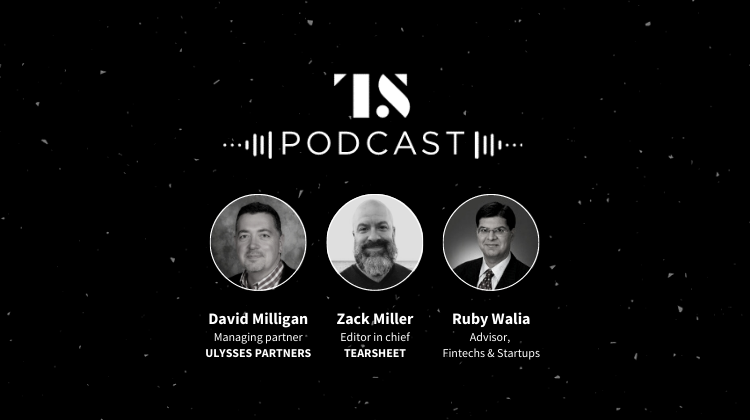Partner, Podcasts
The Identity Proofing Guide: Why user experience matters in identity proofing
- In the first part of our series with Ulysses Partners, we were joined by David Milligan and Ruby Walia.
- Watch or listen to our fireside chat about identity proofing, why it matters, and the importance of UX when choosing a solution.








